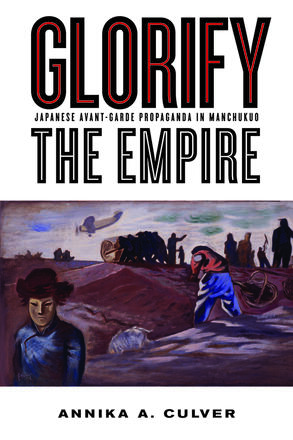
A provocative work examining how Japanese rulers in Manchukuo enlisted formerly left-wing writers and artists from Japan to produce modernist works extolling the virtues of the fascist state’s new utopian empire.
Description
In the 1930s and ’40s, Japanese rulers in Manchukuo enlisted writers and artists to promote imperial Japan’s modernization program. Ironically, the cultural producers chosen to spread the imperialist message were previously left-wing politically. In Glorify the Empire, Annika A. Culver explores how these once anti-imperialist intellectuals produced avant-garde works celebrating the modernity of a fascist state and reflecting a complicated picture of complicity with, and ambivalence toward, Japan’s utopian project. A groundbreaking work, this book magnifies the intersection between politics and art in a rarely examined period of Japanese history.
Awards
- Winner, Southeast Conference of the Association for Asian Studies Book Prize 2014